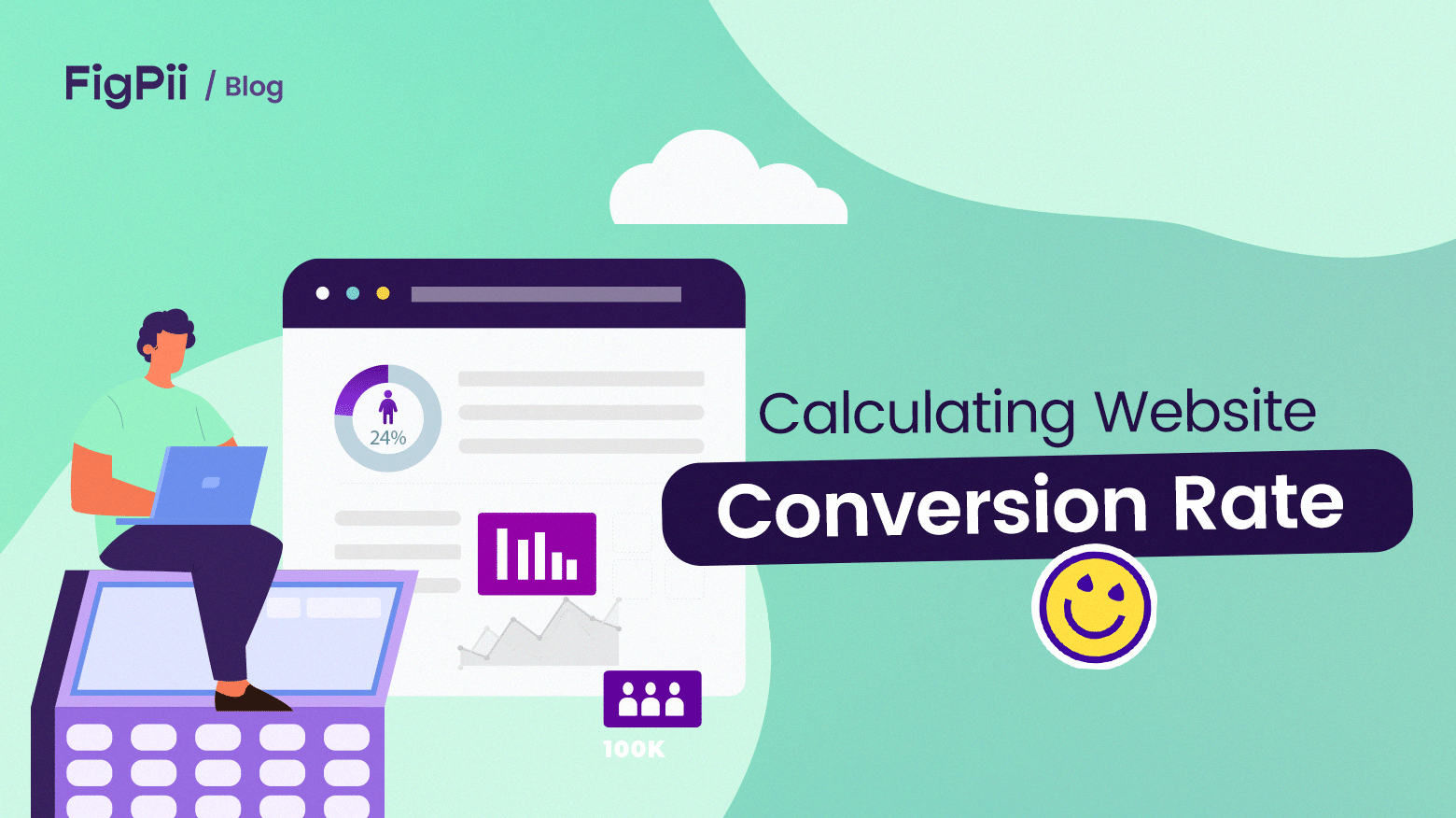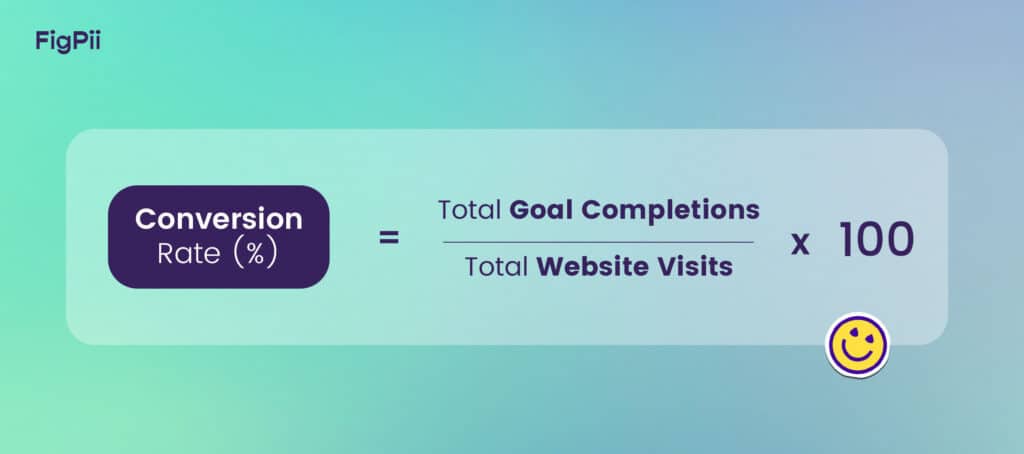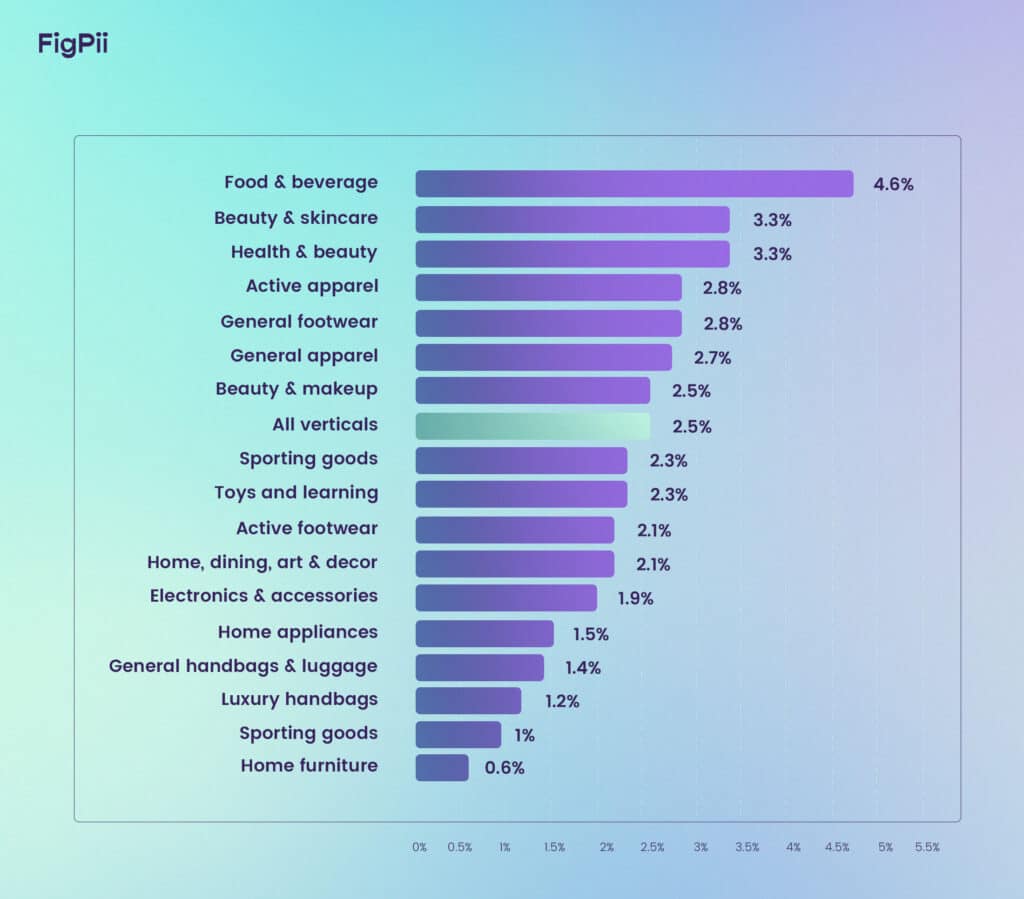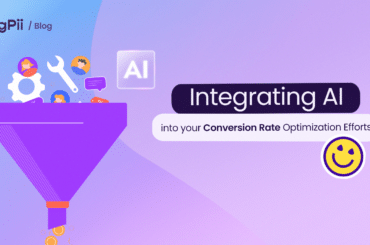Suppose you’re at your favorite local coffee shop, patiently waiting in line to order your usual morning brew. As you look around, you notice something happening at the counter. For every ten people who step up to place an order, eight leave with a steaming cup of coffee, while two seem to change their minds and exit without making a purchase.
This coffee shop scenario reflects a key principle in digital marketing known as the conversion rate. Like coffee enthusiasts deciding whether to indulge in a latte or a tea, your website visitors also make choices.
Conversion rate measures the effectiveness of your online efforts in turning casual browsers into engaged customers.
In this article, we’ll dive into conversion rate, factors influencing conversion rate and also discuss the process of calculating this metric. We’ll also explore tips to improve your site’s conversion rate.
What is Conversion Rate?
Conversion rate is the percentage of visitors to your website who take a desired action, transforming from passive observers into active participants.
In simpler terms, it quantifies how effective your online strategy is at turning clicks into meaningful engagements.
Expressed as a percentage, the conversion rate provides a clear snapshot of your digital efforts.
How To Calculate Conversion Rate For A Website?
Calculating a website’s conversion rate is similar to measuring the impact of your digital strategy – it provides essential insights into the health of your online interactions.
To calculate conversion rate accurately, you must closely monitor a few key metrics.
- Total Conversions: Count the desired actions taken on your website during a specific time frame. This could be the number of completed purchases, form submissions, or other predefined interactions.
- Total Website Visitors: Quantify the total number of individuals who visited your website during the same period. This includes both new and returning visitors.
The Conversion Rate Formula
Now that you have the necessary metrics calculating conversion rate is straightforward. Here’s the formula:
Conversion Rate = (Total Conversions / Total Website Visitors) x 100%
What Are Conversion Rate Examples?
-
Ecommerce Conversion Rate Example
Let’s say an e-commerce website had 15,000 visitors last month. During the same period, the website recorded 450 successful purchases.
Conversion Rate = (450 / 15,000) x 100% = 3%
This means the e-commerce site’s monthly conversion rate is 3%, indicating that 3% of the website’s visitors made purchases.
-
Lead GenerationConversion Rate Example
A software company launched a new landing page to capture leads for a webinar. The landing page received 800 visitors; out of those, 120 visitors filled out the lead generation form to register for the webinar.
Conversion Rate = (120 / 800) x 100% = 15%
The lead generation conversion rate for the landing page is 15%, signifying that 15% of the visitors converted into leads by registering for the webinar.
-
Lead Generation Conversion Rate Example
A blog site published an article that resonated with its audience. The article received 2,500 views, and 400 readers shared it on social media.
Conversion Rate = (400 / 2,500) x 100% = 16%
The content engagement conversion rate for the article is 16%, indicating that 16% of the readers engaged by sharing the article.
Regularly calculating conversion rates helps you understand how well your website engages visitors and motivates them to take meaningful actions.
How Do You Calculate The Sales Conversion Rate?
Unlike the broader concept of conversion rate, which gauges overall user actions on your website, the sales conversion rate focuses on the effectiveness of your sales strategy.
This metric offers a more precise view of your team’s ability to transform potential leads into tangible sales.
Here’s the formula for calculating the sales conversion rate
Sales Conversion Rate = (Number of Leads Converted into Sales / Number of Qualified Leads) x 100%
What Is A Good Conversion Rate?
Determining what constitutes a “good” conversion rate depends on your unique business goals and the landscape of your industry. There isn’t a one-size-fits-all answer, as conversion rates can significantly differ across sectors.
Your conversion rate goal should align with your specific business objectives. Aiming for a high conversion rate is admirable, but staying grounded in reality is equally crucial.
Context matters. What’s considered successful in one industry might be underwhelming in another.
Factors Influencing E-Commerce Conversion Rate
-
User Experience and Website Design
A well-designed website with straightforward navigation, fast loading times, and mobile responsiveness tends to convert visitors into customers more effectively.
-
Product Price
The price of your products plays a pivotal role in shaping your conversion rate. A higher-priced item may have a lower conversion rate but can generate substantial sales revenue.
Conversely, lower-priced items may attract more impulsive purchases and thus lead to a higher conversion rate. Balancing product value with your target audience’s preferences is vital.
-
Industry Benchmarks
Benchmarks vary widely across sectors due to factors like product complexity, buying cycles, and audience behavior.
Comparing your conversion rate to industry standards helps gauge your performance and identifies areas for improvement.
-
Traffic Sources
The sources that drive traffic to your ecommerce store influence your conversion rate. Organic search visitors have higher intent, leading to a better conversion rate, while social media traffic and referrals are more exploratory.
Conclusion
Conversion rate remains a critical metric in marketing. Understanding the significance of your website’s conversion rate, clarifying its purpose within your organization, effectively calculating or tracking conversions, and relentlessly working to enhance it are all integral steps.
As discussed in the article, a reasonable conversion rate depends on some factors, and it’s important to have this at the back f your mind when analyzing your conversion rates.
The important thing is to calculate your conversion rate and compare it with your business goals or industry standards to identify areas of improvement or give yourself a pat on the back for a job well done.
How to calculate conversion rate FAQs
What tools can I use to track my conversion rate?
There are several tools available to track conversions. Google Analytics is a popular choice, offering in-depth insights into user behavior. Other options include Hotjar, Optimizely, FigPii, and Crazy Egg, each providing valuable data to help you monitor and enhance your conversion rate.
Why do we calculate conversion rate?
Calculating conversion rate is crucial for assessing the effectiveness of your digital strategy. It provides a precise measure of how well your website engages visitors and encourages them to take desired actions, whether that’s making a purchase, signing up, or downloading content.
Conversion rate data guides decision-making, helping you refine your approach and drive better results.
What is Conversion Rate Optimization?
Conversion Rate Optimization (CRO) is the systematic process of refining your website and digital strategies to maximize the percentage of visitors who convert into customers or take desired actions. Through data analysis, testing, and iterative improvements, CRO aims to create a seamless and persuasive user experience that drives higher conversion rates.
How can I improve my conversion rate?
Improving your ecommerce conversion rate requires a strategic approach. Focus on reducing friction in the user journey, optimizing your website’s design and content through A/B testing to identify effective elements, personalizing the customer experience, and providing accessible customer support. These tactics collectively enhance user engagement and boost conversions.





